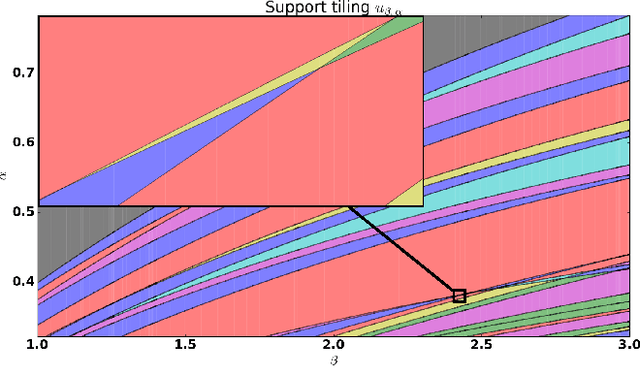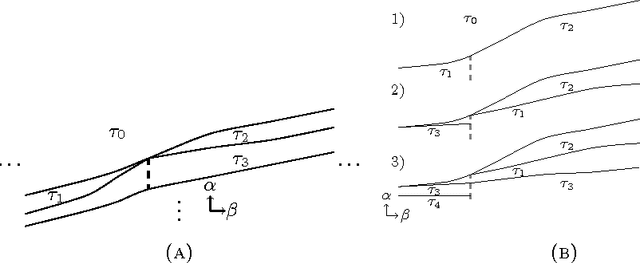Markus Grasmair
Adversarial Generative NMF for Single Channel Source Separation
Apr 24, 2023Abstract:The idea of adversarial learning of regularization functionals has recently been introduced in the wider context of inverse problems. The intuition behind this method is the realization that it is not only necessary to learn the basic features that make up a class of signals one wants to represent, but also, or even more so, which features to avoid in the representation. In this paper, we will apply this approach to the problem of source separation by means of non-negative matrix factorization (NMF) and present a new method for the adversarial training of NMF bases. We show in numerical experiments, both for image and audio separation, that this leads to a clear improvement of the reconstructed signals, in particular in the case where little or no strong supervision data is available.
Adaptive multi-penalty regularization based on a generalized Lasso path
Oct 11, 2017



Abstract:For many algorithms, parameter tuning remains a challenging and critical task, which becomes tedious and infeasible in a multi-parameter setting. Multi-penalty regularization, successfully used for solving undetermined sparse regression of problems of unmixing type where signal and noise are additively mixed, is one of such examples. In this paper, we propose a novel algorithmic framework for an adaptive parameter choice in multi-penalty regularization with a focus on the correct support recovery. Building upon the theory of regularization paths and algorithms for single-penalty functionals, we extend these ideas to a multi-penalty framework by providing an efficient procedure for the construction of regions containing structurally similar solutions, i.e., solutions with the same sparsity and sign pattern, over the whole range of parameters. Combining this with a model selection criterion, we can choose regularization parameters in a data-adaptive manner. Another advantage of our algorithm is that it provides an overview on the solution stability over the whole range of parameters. This can be further exploited to obtain additional insights into the problem of interest. We provide a numerical analysis of our method and compare it to the state-of-the-art single-penalty algorithms for compressed sensing problems in order to demonstrate the robustness and power of the proposed algorithm.
Landmark-Guided Elastic Shape Analysis of Human Character Motions
Feb 03, 2015



Abstract:Motions of virtual characters in movies or video games are typically generated by recording actors using motion capturing methods. Animations generated this way often need postprocessing, such as improving the periodicity of cyclic animations or generating entirely new motions by interpolation of existing ones. Furthermore, search and classification of recorded motions becomes more and more important as the amount of recorded motion data grows. In this paper, we will apply methods from shape analysis to the processing of animations. More precisely, we will use the by now classical elastic metric model used in shape matching, and extend it by incorporating additional inexact feature point information, which leads to an improved temporal alignment of different animations.
 Add to Chrome
Add to Chrome Add to Firefox
Add to Firefox Add to Edge
Add to Edge